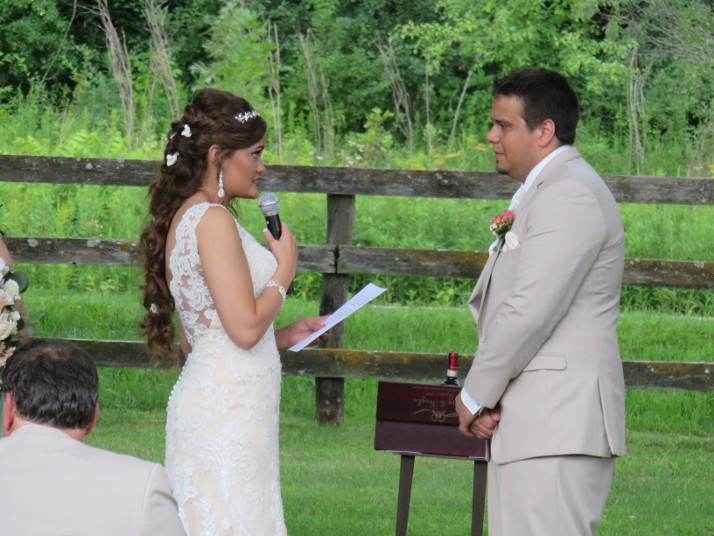Unsung Heroes of Wedding Ceremonies
The unsung heroes of wedding ceremonies, in my opinion, are ushers. There are many small tasks that ushers can handle, freeing up the rest of the wedding party and parents to handle other demands on their time.
Photography sessions often run very close to ceremony times, with guests arriving while the wedding party is still busy with photos, or trying to quickly refresh make-up, catch a quick drink of water, or cool off if it’s a warm day. Our unsung heroes can step in to welcome guests, direct them to restrooms, to the ceremony space, and to refreshments if they are being offered at that time.
As ceremony time approaches, ushers can encourage guests who are socializing to move into the ceremony space. Depending on the formality of the ceremony, they can offer programs, formally seat guests, and make sure that family members with reserved seats are escorted to them.
A critical role for ushers is to act as traffic managers as the processional begins. They can quietly greet late arriving guests and have them stay in the back until the processional finishes and the ceremony begins. At that point they can assist those guests to open seats in a discreet manner. Some couples include ushers in the processional, asking them to escort grandparents or parents, but ideally one usher is always available to deal with late arrivals.
During the ceremony itself, ushers who are seated near the back can assist any guests who are feeling ill, need to find a restroom, or even help chase down a runaway child. At the end of the ceremony the wedding party and parents leave the ceremony space, followed by the celebrant. The ushers step forward to release the guests from their seats. They can provide the additional service of reminding guests where they need to go next, and if necessary can even hand out maps or directions to out of town guests.
Your ushers provide a warm welcome to your guests, making them feel appreciated and cared for. They relieve stress for you and the wedding party by handling all kinds of small tasks in those busy moments before, during and after the ceremony. Consider adding these unsung heroes of wedding ceremonies to your wedding party. You’ll be glad you did.

